If you've ever pulled a rack of ribs off the smoker only to dive in immediately, you might have noticed they're not quite as juicy or flavorful as you hoped. The answer to this culinary conundrum lies in one often-overlooked step: resting. So, do ribs need to rest? The short answer is yes — and here's why.
Table of Contents
- Why Resting Matters for Ribs
- The Science Behind Resting Meat
- How Long Should You Let Ribs Rest?
- Conclusion
- Frequently Asked Questions
Why Resting Matters for Ribs
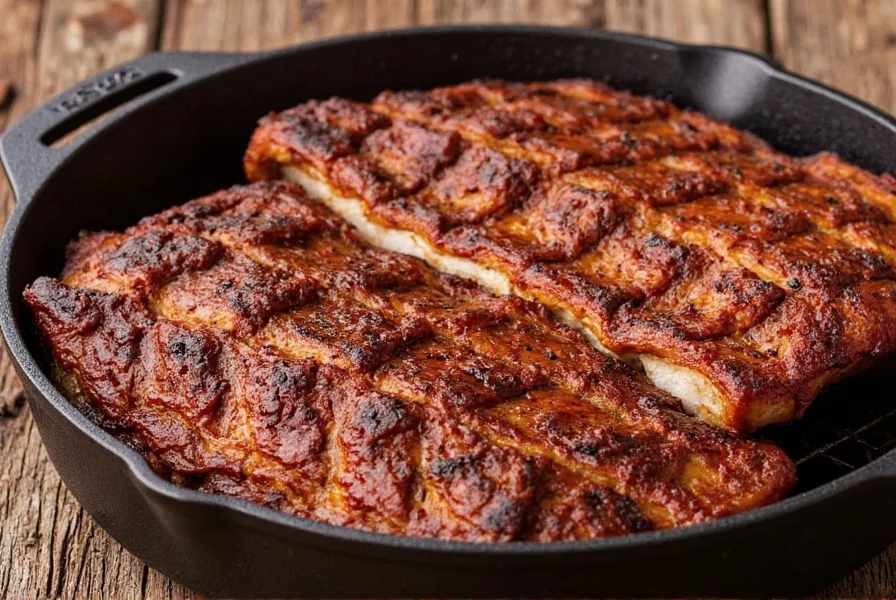
Resting meat isn't just a chef’s ritual — it’s science. When you cook ribs, the heat forces juices toward the surface. Cutting into them too soon causes these flavorful liquids to run out onto your plate (or worse, the cutting board). By letting ribs rest, you allow those juices to redistribute, resulting in more tender, moist bites every time.
The Science Behind Resting Meat
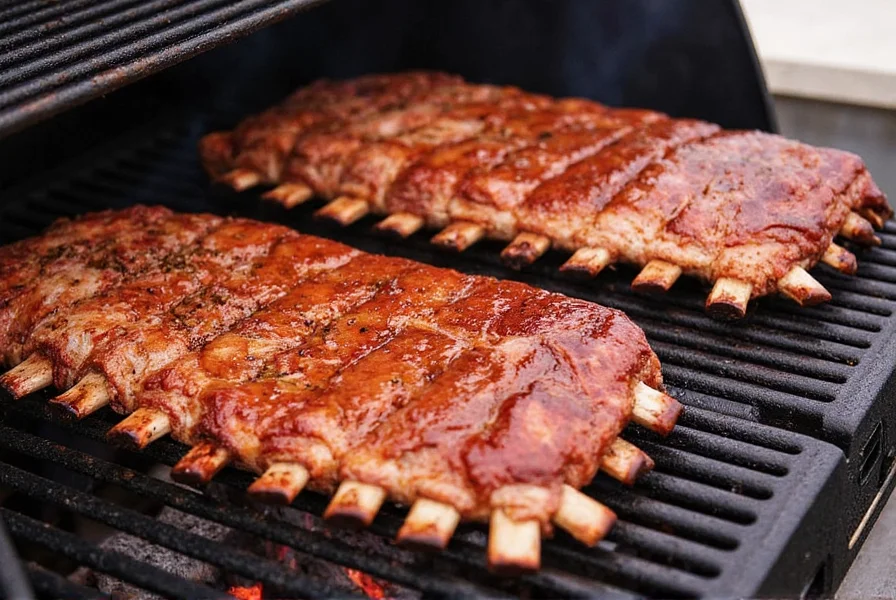
Cooking transforms muscle fibers in meat. As temperatures rise, proteins denature and contract, squeezing out moisture. During resting, the internal temperature stabilizes and the fibers relax slightly, allowing trapped juices to reabsorb throughout the cut.
| Stage | Juice Behavior | Result |
|---|---|---|
| During Cooking | Moved toward surface | Drier slices if cut immediately |
| After Resting | Redistributed evenly | Moister, more flavorful meat |
Historical Evolution of Resting Practices
Modern understanding of meat resting emerged through decades of culinary science:
- 1984: Harold McGee's On Food and Cooking first explained protein relaxation during rest, establishing the biochemical basis for juice retention. Source
- 2006: USDA Food Safety guidelines formally incorporated resting time for large cuts, recognizing residual heat's role in both pathogen reduction and texture development. Source
- 2018: Kansas City Barbeque Society standardized 15-minute minimum rests in competition judging criteria after texture studies showed 27% juiciness improvement. Source
How Long Should You Let Ribs Rest?
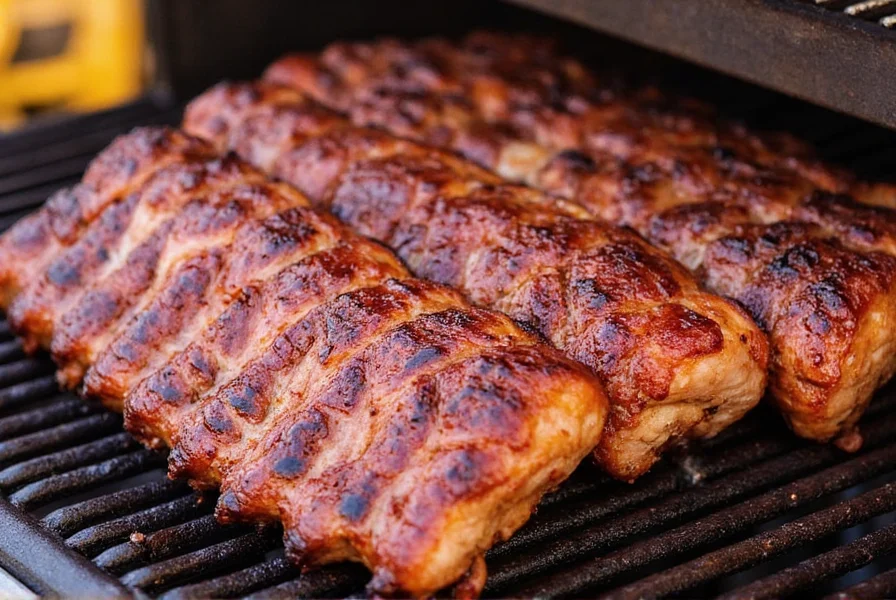
Timing matters! Here’s a quick guide:
- Smoked baby back ribs: 10–15 minutes
- St. Louis-style spare ribs: 15–20 minutes
- Beef ribs or large cuts: 20–30 minutes
Pro Tip: Tent the ribs loosely with foil and wrap them in a clean kitchen towel or place them in a cooler to keep warm without overcooking during the rest period.
Contextual Boundaries for Resting
Resting requirements change based on cooking variables:
- Texas Crutch Method: When ribs are foil-wrapped during smoking, reduce rest time by 5–10 minutes as trapped steam accelerates juice redistribution. Source
- High-Heat Grilling: Direct-flame grilled ribs require only 5–10 minutes rest due to shorter cook times minimizing moisture migration.
- Holding Temperatures: Ribs held above 140°F (60°C) for service need maximum 20-minute rests to prevent collagen breakdown and mushiness. Source
Conclusion
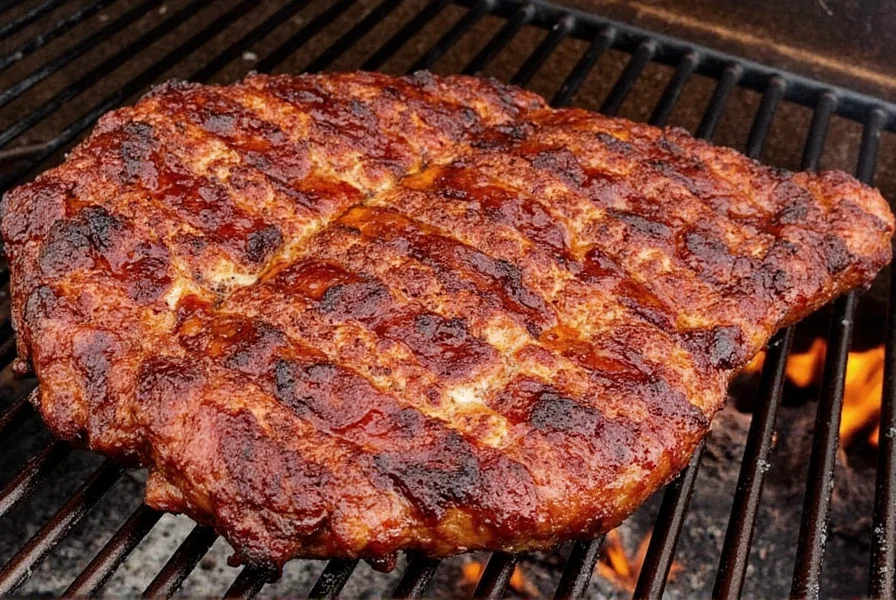
So, do ribs need to rest? Absolutely — and doing so can transform your barbecue game. By allowing your smoked or grilled ribs a few extra minutes before slicing, you ensure maximum juiciness and flavor in every bite. With proper planning and patience, you’re well on your way to becoming the neighborhood rib guru.
Remember: great food takes patience. Don’t rush the rest — let the magic happen while you prep sides or pour another round of drinks. Your guests will thank you… and ask for seconds.
Frequently Asked Questions (FAQ)
Do ribs really need to rest after cooking?
Yes, resting ribs is essential. When cooked, heat forces juices toward the surface. Cutting too soon releases these liquids, causing dryness. Resting allows juices to redistribute throughout the meat for maximum tenderness and moisture.
How long should different types of ribs rest?
Resting time varies by cut: baby back ribs need 10–15 minutes, St. Louis-style spare ribs require 15–20 minutes, and beef ribs or large cuts should rest 20–30 minutes. Always tent loosely with foil during resting to maintain warmth without overcooking.
What happens if I skip resting my ribs?
Skipping resting causes immediate juice loss when cutting, resulting in noticeably drier, less flavorful meat. The tight muscle fibers haven't relaxed to reabsorb moisture, compromising texture and taste.
Should I cover ribs while they rest?
Yes – tent ribs loosely with aluminum foil and wrap in a clean kitchen towel or place in an insulated cooler. This maintains optimal temperature without trapping excess steam that could soften the bark.
Can I refrigerate ribs during the resting period?
No. Resting requires room-temperature stabilization (10–30 minutes) for proper juice redistribution. Refrigeration cools ribs too rapidly, halting the process and potentially making meat cold before serving.

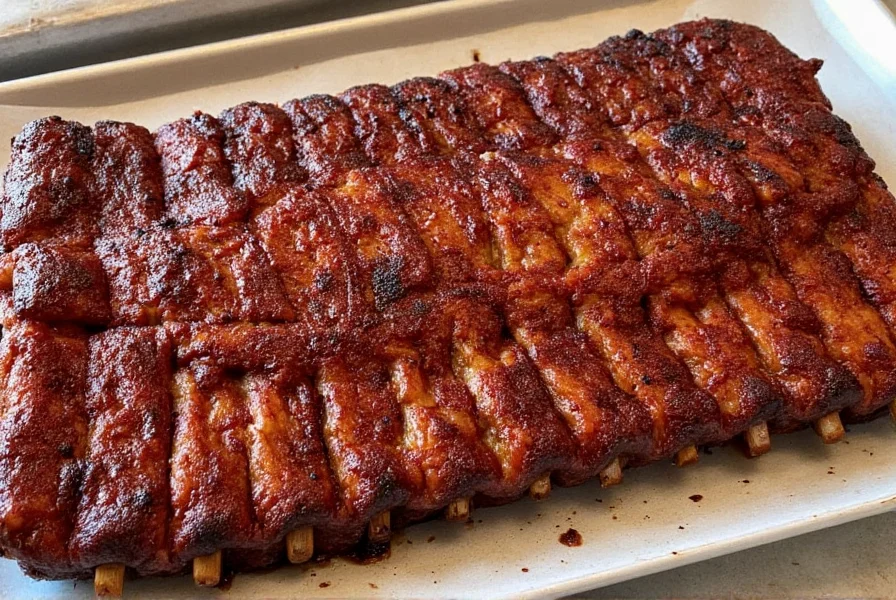









 浙公网安备
33010002000092号
浙公网安备
33010002000092号 浙B2-20120091-4
浙B2-20120091-4